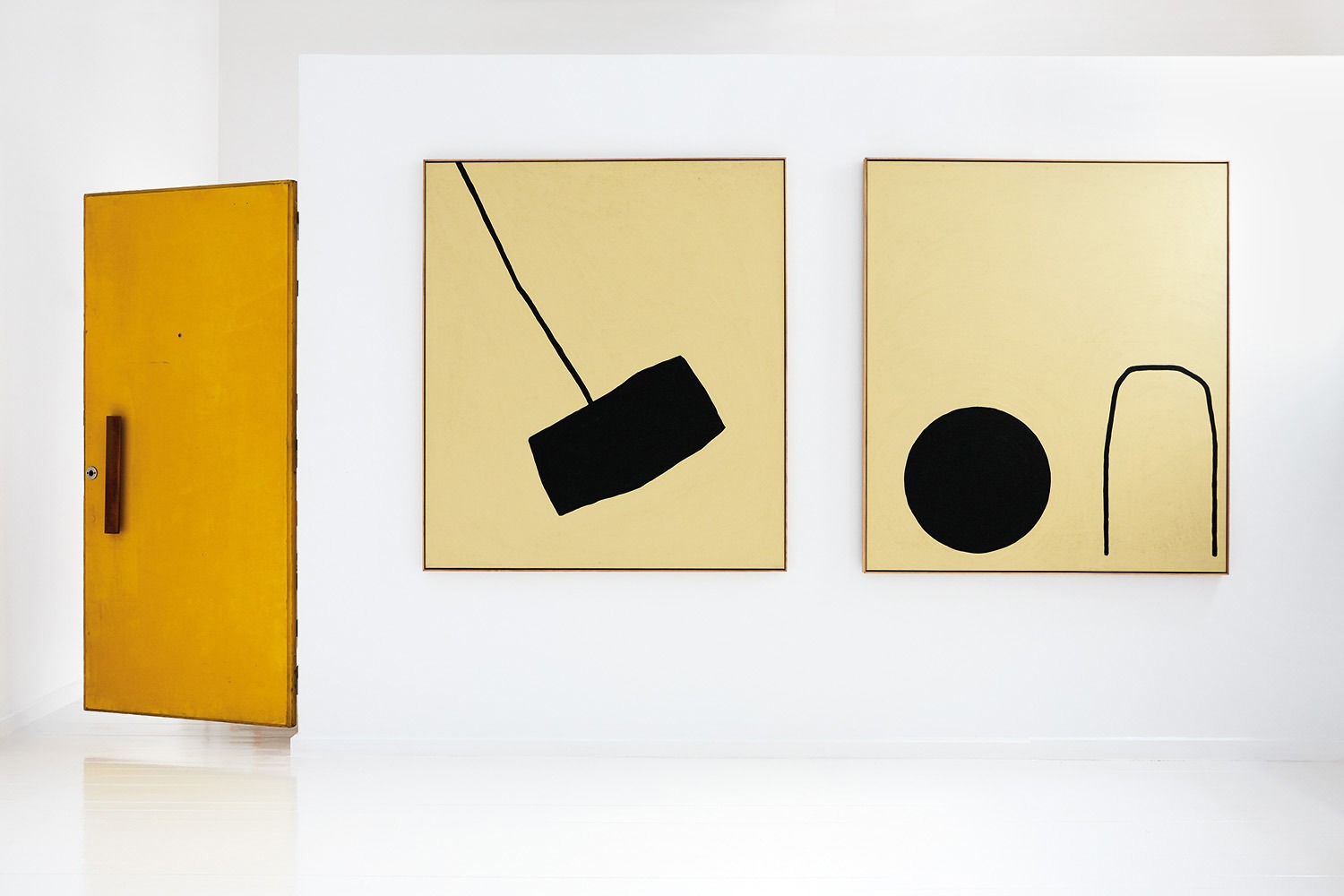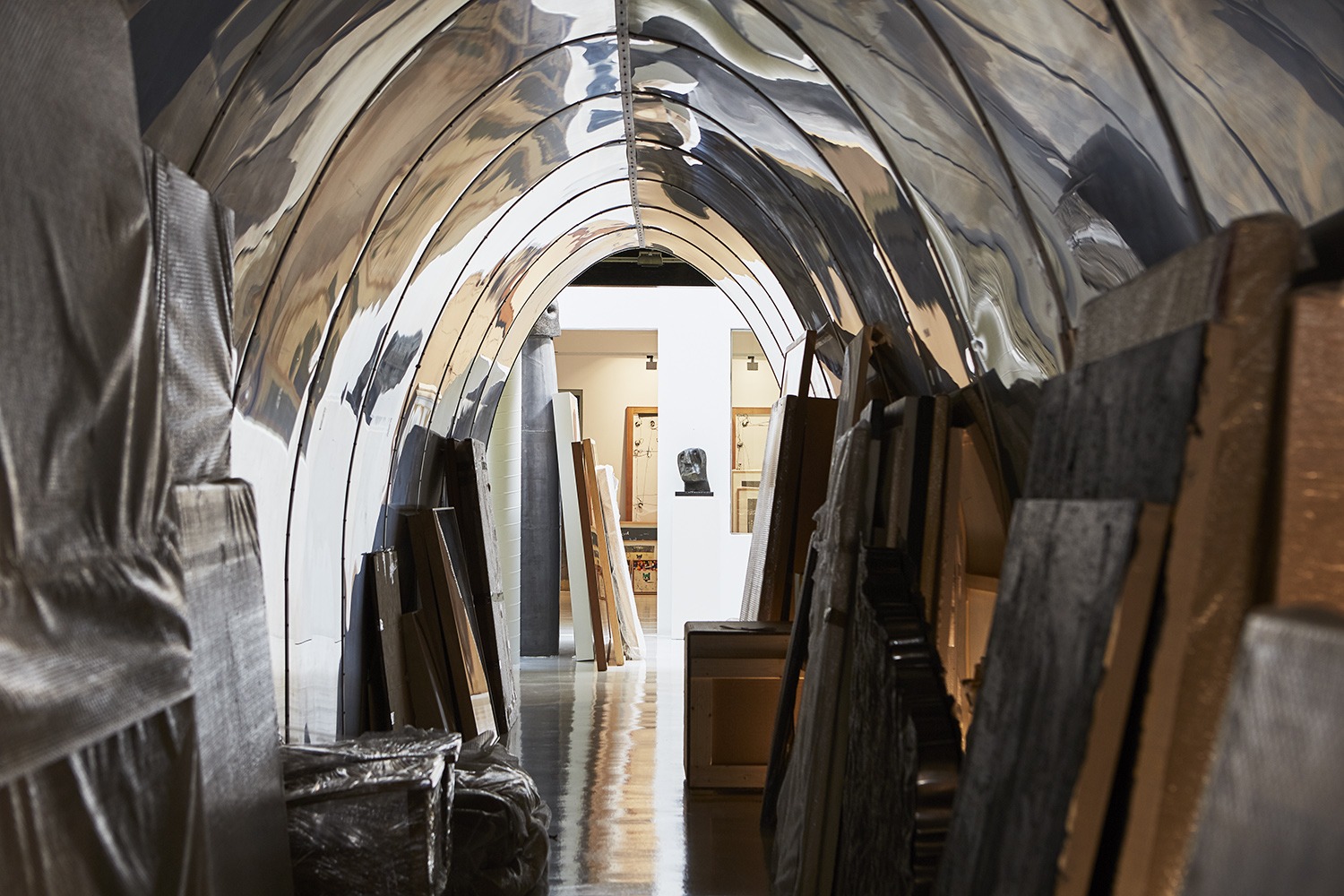
Miquel Alzueta
Rationalist Passion
Miquel Alzueta is one of those people who does not go unnoticed. True to the style for which he is synonymous, he welcomes me to his Barcelona home in a white shirt, braces and baggy corduroy trousers, all suggestive of a highly original personality with a sober yet fun side to him.
Having arrived home from Mexico the night before, despite his friendly welcome and shy yet incessant smile, he confesses that he is exhausted. Maybe that is why he clings onto a cold Coca-Cola as we get ready to begin the interview.
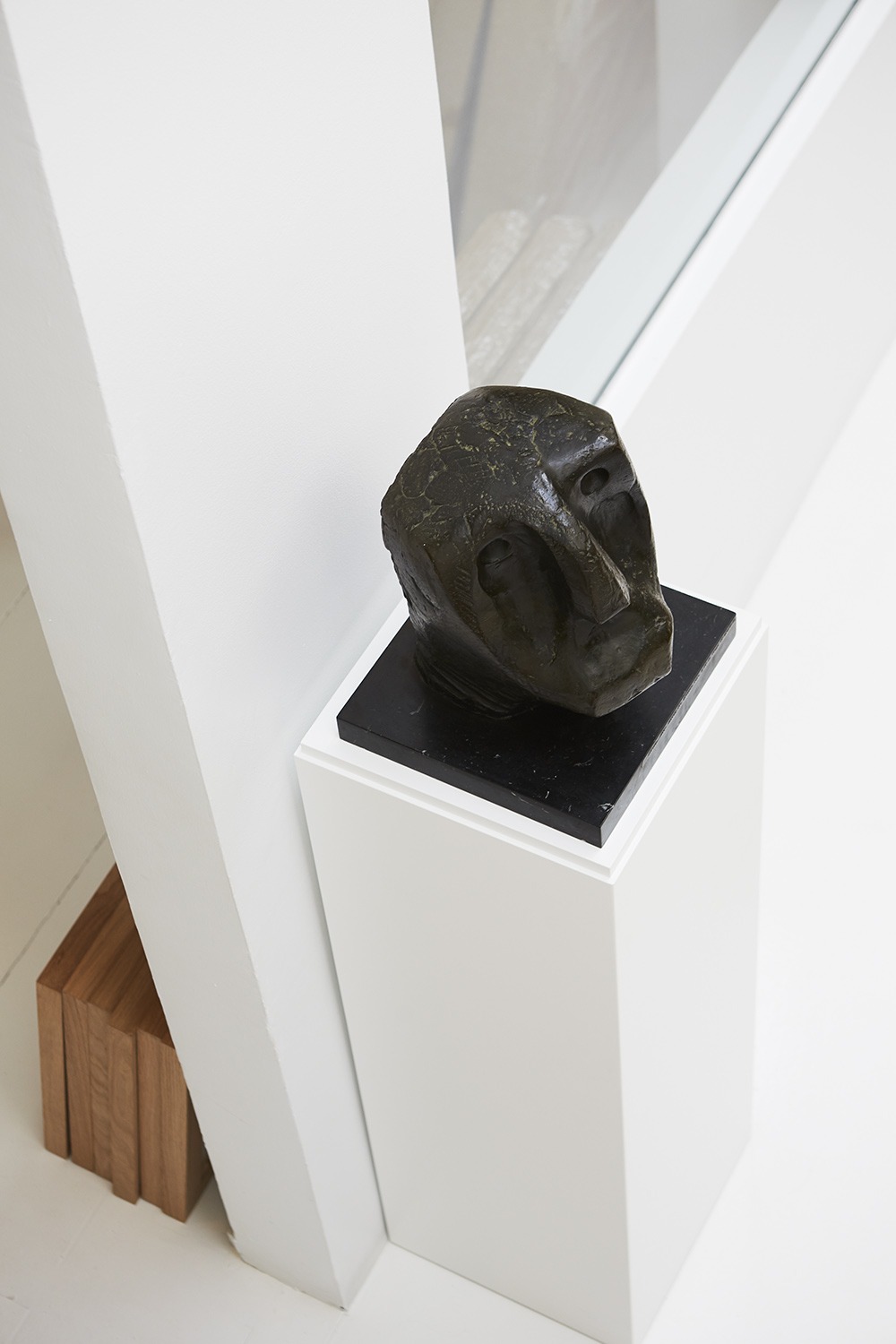
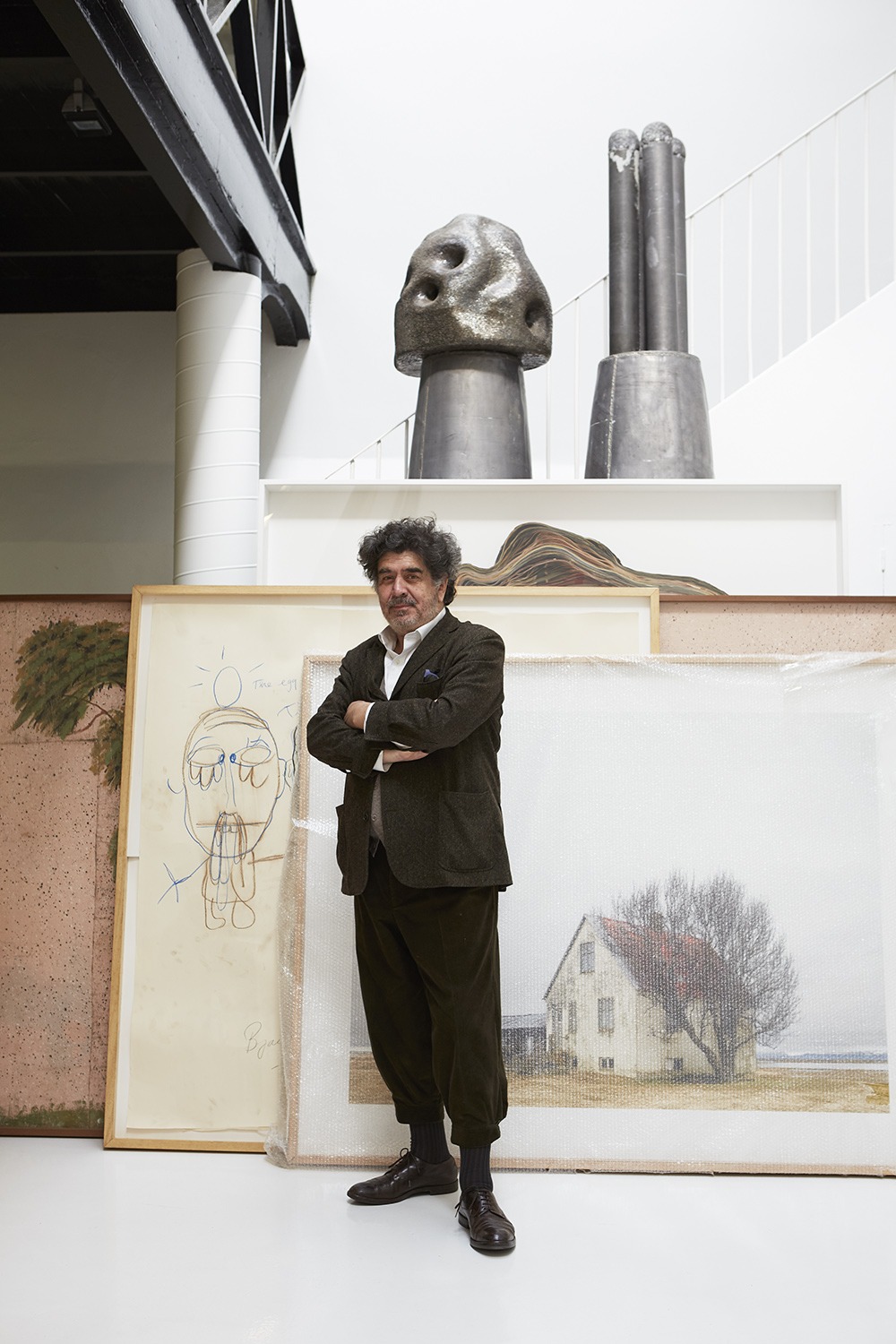
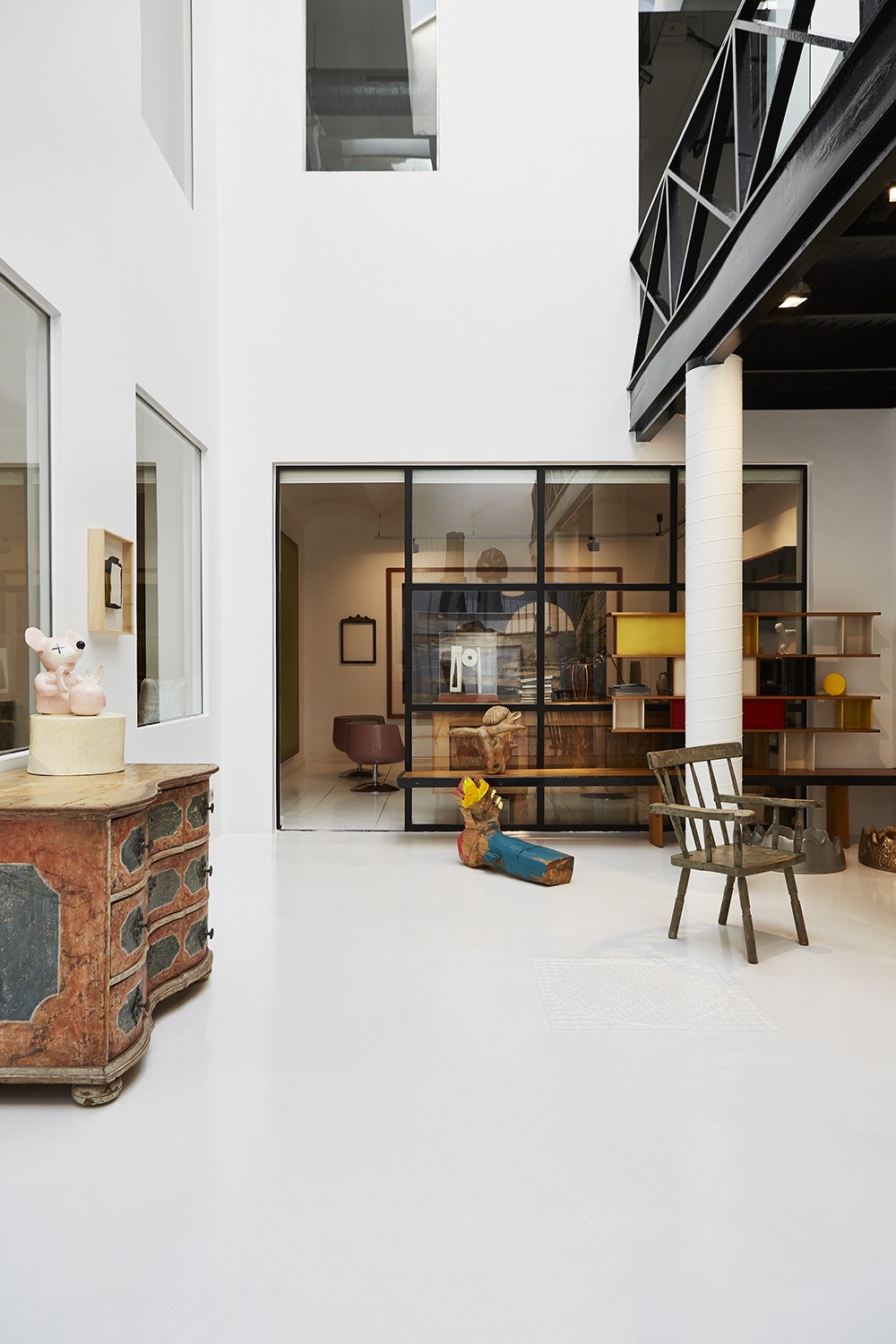
Miquel wasn’t always a collector, although he remembers having a liking for art and design from an early age. He has not forgotten the first work he bought as a collector: “A painting by Josep Mompou at an auction at the age of 24. That was the first painting I bought in the knowledge of what I was doing.” A passion for design was added to this shortly afterwards, together with the item that would change everything: “A chair by Jean Prouvé which I bought years ago in Paris. I fell in love with it the moment I saw it and it introduced me to the world of its creator.”
In the course of time, his passion for art became something more than just a hobby, while his career revolved around books at Editorial Columna: a well-known publishing house specializing in publications in the Catalan language, which he himself had founded in 1985. After over 20 years as a publisher, he decided to leave the business. “I felt my time there was over. I had to change and move on.”
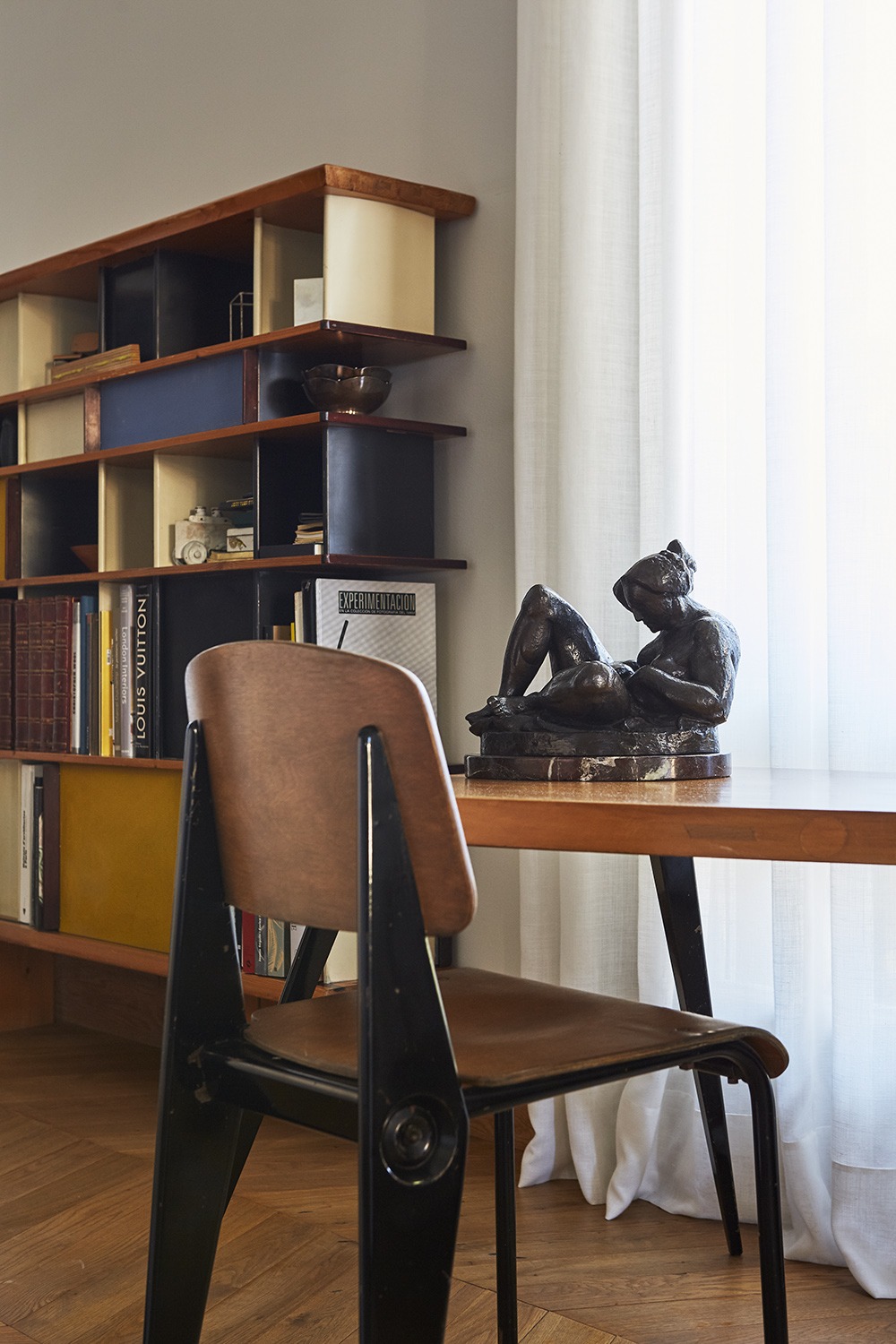
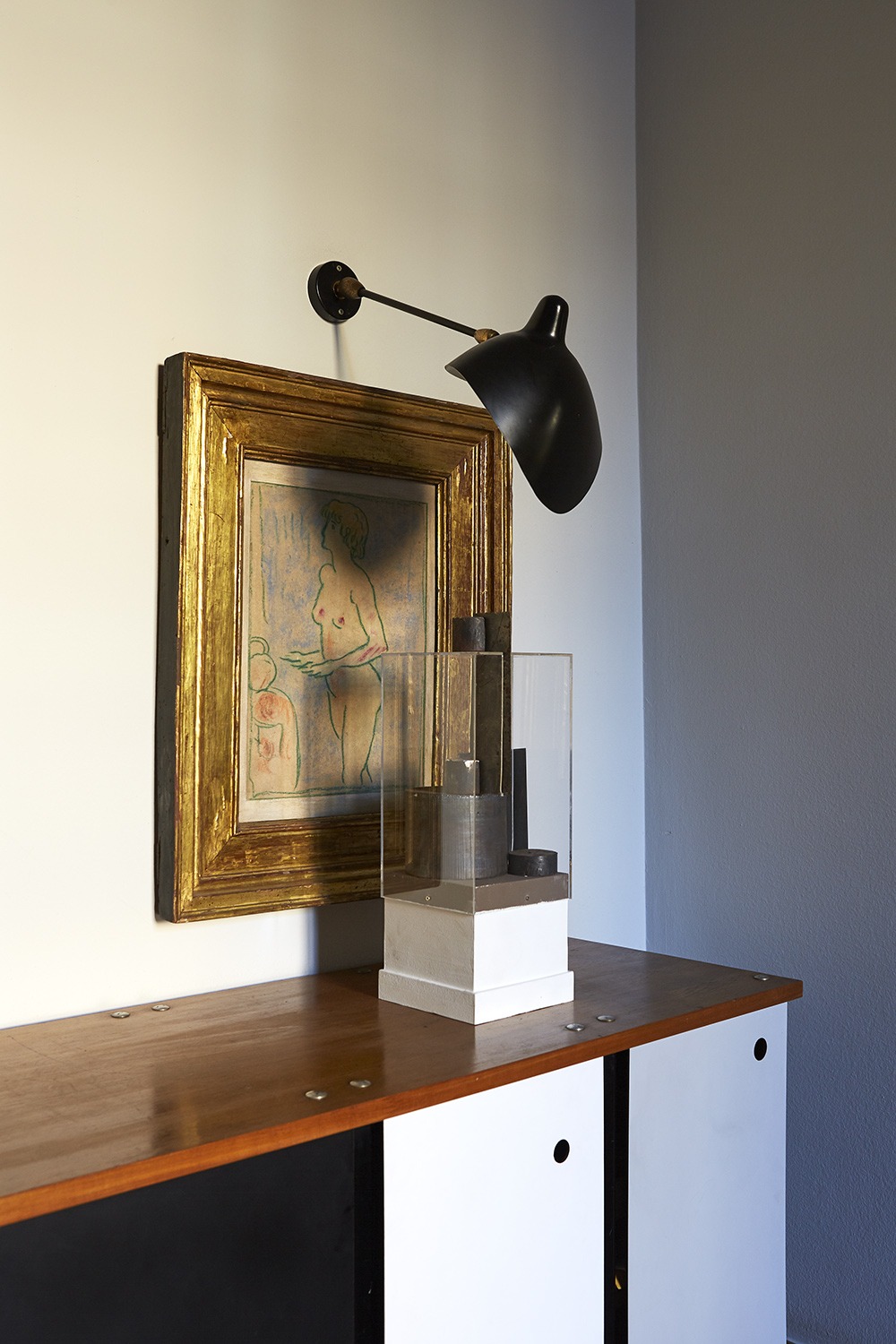
A friend told him about an old textile factory in the centre of Barcelona that had been closed for decades. “I saw the warehouse and it struck me as simply magical–huge, with high ceilings, and lots of different areas and small subdivisions…. I could use it to replicate exactly what I had in mind.” The fact that its entrance was through a courtyard, so that it was virtually unseen from the street, was no handicap.

As a gallery owner, in contrast with his relationship with furniture design, he regards himself to be more of an art dealer than a collector. “Art has been my profession and when we talk about it, although there’s an underlying passion, there’s also a more down-to-earth part.” The incentive for him was and continues to be his desire for knowledge. “Collecting has been a form of apprenticeship for me and I’ve devoted my life to building up knowledge in my searches for works of art.” Nonetheless, he acknowledges that today’s art market has few surprises for him. His latest obsessions are the Glasgow School’s Arts and Crafts Movement and Folk Art: “items made by anonymous individuals with a superb sense of aesthetics and functionality”.
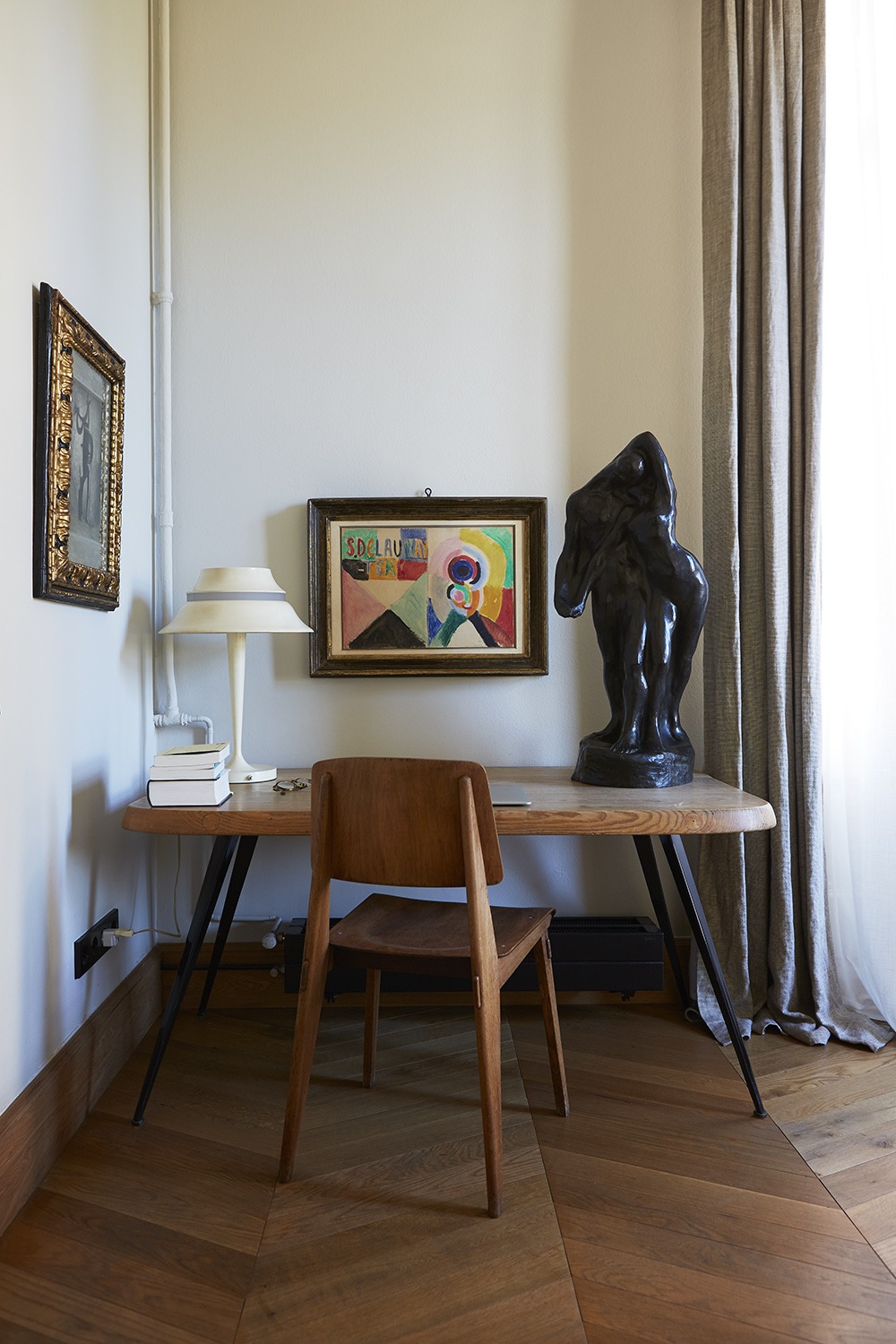
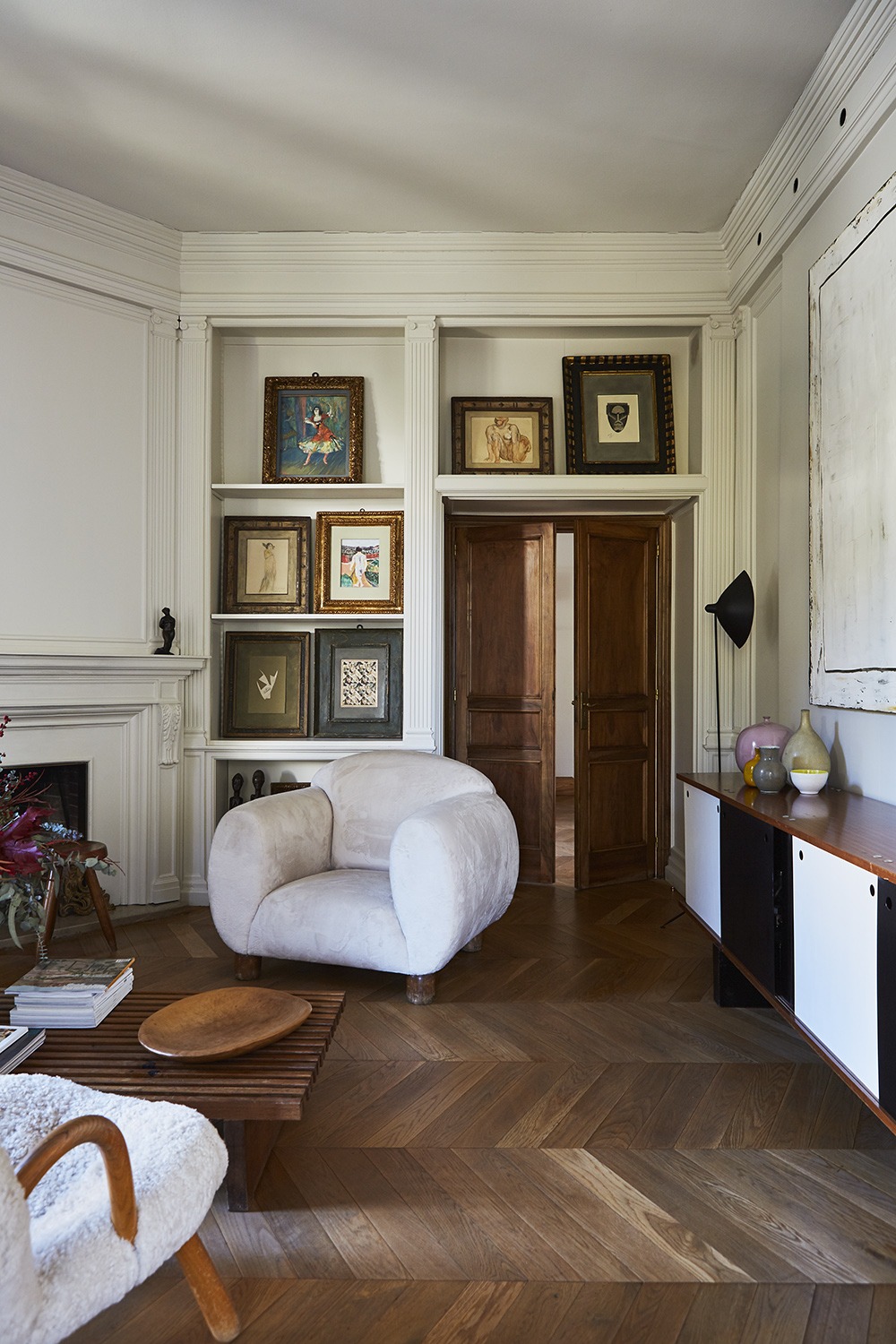
The combination of a careful balance, purity and logic so typical of Prouvé, Perriand and Le Corbusier are part of the past. “The current trend is to make a lot of noise. Priority is given to rarities, to the spectacular–the element of surprise rather than functionality. That’s not something I have much of an affinity for, although there are some artists I have an interest in, like Nacho Carbonell. Guillermo Santomá, for instance, strikes me as a very bright, very good fellow.”
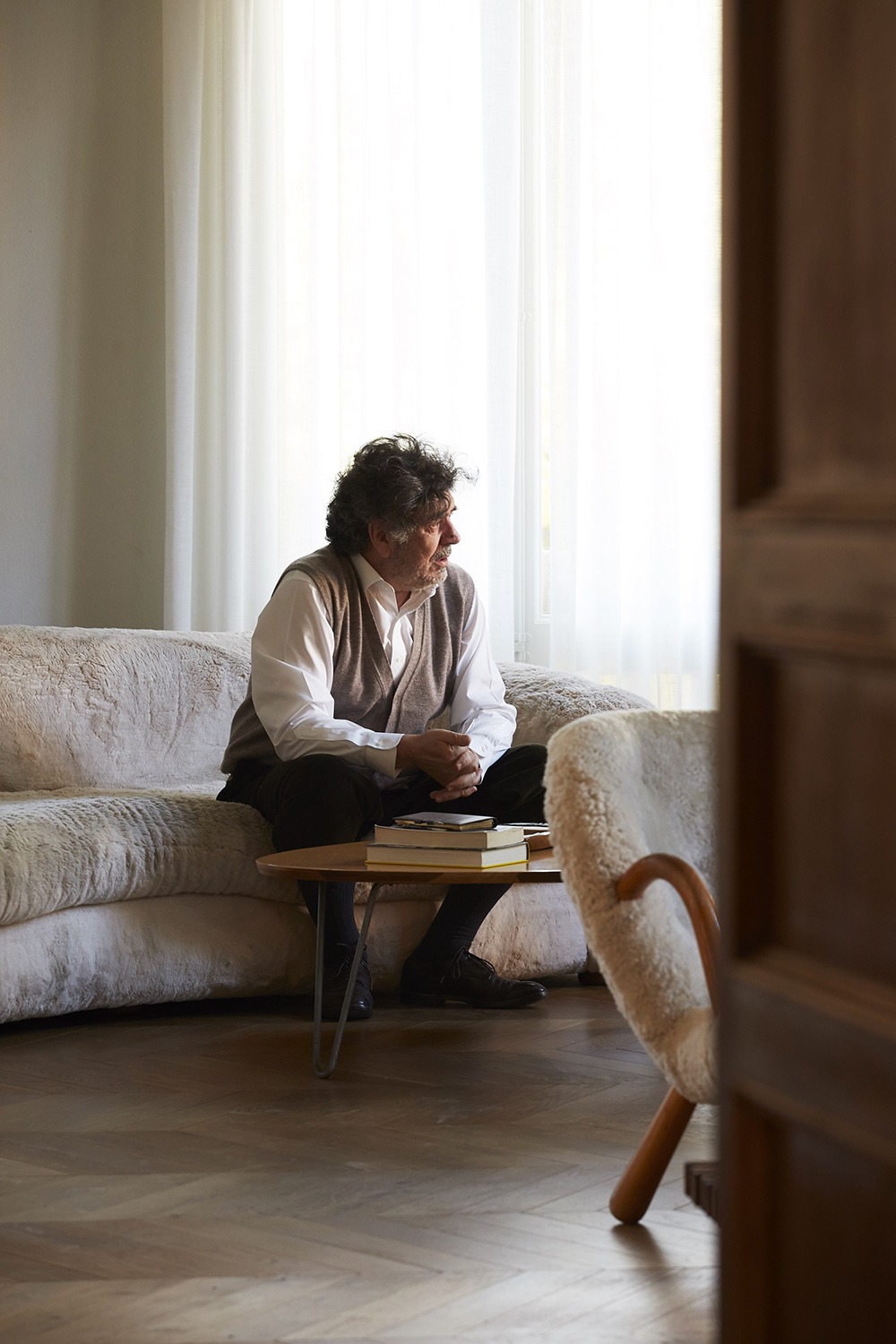
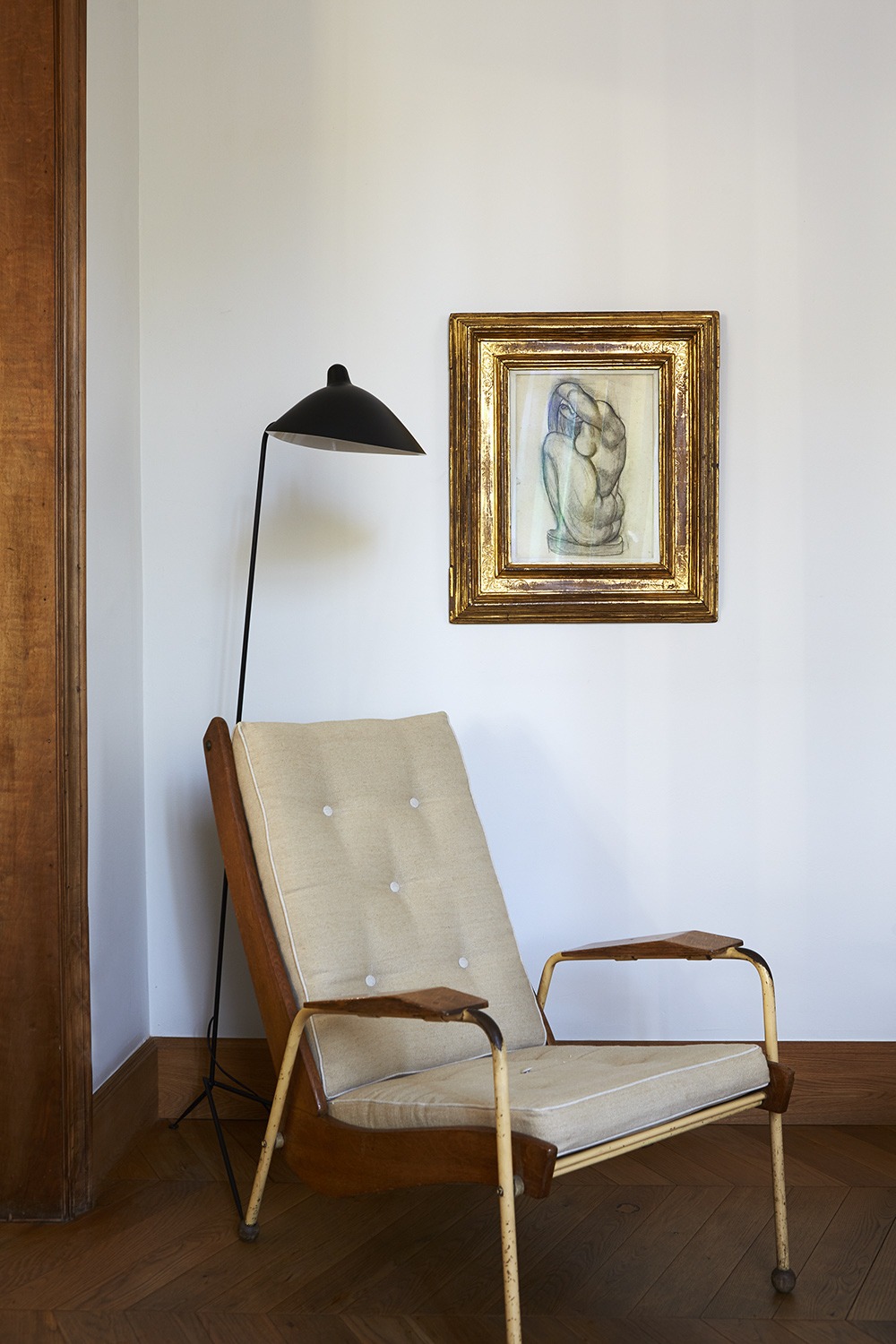
For Miquel, rationalism is a characteristic he seeks in everything that surrounds him, both professionally and personally. “I’ve always sought that basic element of design. Life is complex enough in itself for us to complicate it even more.” Even so, deep down, this carefree gent seems to like doing just that. When I ask him how many children he has, he snorts sardonically “All ages–from 43 to 9.”
Even though work never stops at the gallery (the business is in the midst of expansion with the inauguration of a UK centre similar to Palau de Casavells–an exhibition space in a Girona mansion–and an unorthodox Madrid gallery), Miquel is already mulling over his next project. “I know that in three or four years’ time, I’ll start working on something new. I don’t know what yet, although I have an inkling of an idea. Just like the publishing house, the gallery will follow its course without me.”
To conclude the interview, I ask him what makes a successful gallery owner. “Today a good gallery owner is a selector: an expert with a good eye for distinguishing between what is interesting and what isn’t.”
